Farah Ajami Peralta, executive director at the Zoológico de Barranquilla (Barranquilla Zoo) in Colombia, promotes the zoo ’s foundation and its biodiversity and conservation mission. She is in charge of the administration of the Zoológico de Barranquilla, which has an annual budget of $2 million. It focuses on threatened species and ecosystems of the Caribbean region of Colombia.
Barranquilla Zoo is managed by Fundazoo. This is a non-profit organisation that focuses on the conservation of the biodiversity of the Colombian Caribbean, achieving this goal through innovative learning experiences, entertaining encounters, and conservation efforts, promoting positive changes in community attitudes and behaviours.
For over 30 years, this organisation has managed the Barranquilla Zoo - the oldest zoo in the country and the only one in the Colombian Caribbean region. The zoo houses around 800 animals from 130 native and exotic species. It is surrounded by over 60 species of trees and 80 species of ornamental plants, attracting more than 220,000 visitors annually.
This year marks the Barranquilla Zoo's 70th anniversary at its current location. The zoo is celebrating with a diverse educational and entertainment programme, showcasing why it is one of the city's most beloved and iconic places.
Leadership expertise
A lawyer and specialist in Regional Development Management from the Universidad de los Andes, Farah Ajami Peralta has more than 20 years of experience, having demonstrated her expertise in the leadership and management of non-profit organizations, sustainable development, corporate social responsibility, and public affairs.
From 2015 to 2018, she held the position of president at the Colombian Association of Zoos, Aquariums, and Related Institutions (ACOPAZOA).
She talked to blooloop about her career, the zoo, its conservation initiatives, the challenges it faces, and her aspirations for its future.
“I’m a lawyer,” Ajami explains. “So I come from a different world. I’ve always worked in the nonprofit sector, so that's why I ended up at the zoo, which is run by a nonprofit.
"It’s actually my 15th work anniversary, so it's been quite a long journey. I got the job because they needed someone to run this nonprofit, and to elevate the standards of the zoo: the structure and the strategy, administratively and technically. I had previously worked for a nonprofit as a director, and we had been sponsors of the zoo. Also, I'm very familiar with the zoo. I visited it with my family every Sunday when I was a small child.
"It's been in my heart forever. I thought this was a great opportunity.”
Barranquilla Zoo's connections with the wider sector
Since joining the zoo, she has learned a lot:
“I have a technical team that supports me. They're great people, and I try to learn every day from them. I also have very good friends from the industry. The former two directors of Chester Zoo were my mentors.
"I try to meet people that have a more, perhaps, advanced outlook than in Colombia and South America: the zoo associations – the European Association of Zoos and Aquaria [EAZA], the Association of Zoos and Aquariums [AZA]. We also belong to the American Alliance of Museums [AAM] in the US and ICOM [the International Council of Museums]. We try to have a global mindset in order to learn from the best.”
It is, she says, a nurturing environment:
“They're all great people, very committed to their job. They’ve visited several times. We have a very strong international network that has helped us move forward, and I'm very grateful for that.
Striking a balance between being a successful visitor attraction, a centre of excellence in terms of animal welfare and conservation, and a workable business can be challenging.
“I am surrounded by excellent coworkers, so they make it a lot easier,” Ajami comments. “But it is a challenge because we are a mission-oriented zoo. We don't have a lot of exotic animals; our collection is mainly composed of native animals. That's a strategy decision. It's difficult because people tend to want to see the charismatic, non-native animals, most of which are African or Asian.”
Native vs. exotic animals
The zoo does have some of these. However:
“We don’t have many. Most are animals that have come from illegal traffic. We had a big exotic animal boom when Colombia had the drug crisis. These are the descendants of those animals.
"We have an elephant that the environmental authority removed from a drug lord. They had no idea how to take care of it, so they gave it to us. We didn't have the funding – and we had to develop the expertise. Every time the elephant has had a health issue - fortunately it has only happened twice, when he has had tooth issues – we’ve had to bring people in from Europe or from the US to anaesthetise him because we didn’t have that expertise."
"It's quite a challenge, but it's the responsible thing to do because we have a commitment to animal welfare. It's more important than money. We have a lot of interesting discussions. There are a lot of blurred lines between our educational function and our status as an attraction.
"People want contact all the time. They want interaction. But that's not necessarily responsible from the animals’ perspective. It’s just not the way nature functions. So, we have to find other ways to connect people with the animals that don’t affect the animals themselves. Native animals don't have contact with people.
"Our educational and conservation messaging is very important, especially given our illegal trafficking problems, and associated disease risk. We want people to have the best possible visitor experience, but it has to take second place to animal welfare considerations, which are, always, paramount.”
A balancing act
In short:
“It is always a challenge and a work in progress. We are trying to innovate to find different ways of doing the right thing, connecting people with the mission, and getting them to come.”
The issue is complicated by the fact that there are other institutions that don’t hold themselves to such high standards:
“There is a lot of competition: places where they aren’t necessarily concerned with looking after the animals. There is a lot of contact. People come to our zoo with the same expectations, wanting to know why they can’t handle the animals. So, we effectively have a double mission."
"We have to convey very powerful messages about biodiversity, conservation, and animal welfare, as well as teaching about illegal trafficking, and native animals versus exotics. It’s difficult, but everybody is committed to making that happen.”
“We have certain healthy tensions between the educational area, the commercial area, and the technical area,” she comments. “They each, independently, have their own focus, their objectives, but they have to work as a whole to convey this central message, so we have lots of discussions collectively on how to do things well."
70 years of Barranquilla Zoo
Barranquilla Zoo will be 70 years old this year.
"We were run by the government for 40 years, and under that management, the zoo almost disappeared. Over the last 30 years – and I have been here for 15 of them – we have been trying to move away from this public model.”
This has not proved easy:
“It’s difficult because we still are owned by the city, but run by this nonprofit. In practical terms, we have to do everything we can to raise sufficient money to keep the zoo running. It's a huge challenge because it means we basically have to make our budget a ticket at a time.”
The zoo tries not to rely solely on the revenue from ticket sales:
“One other thing that we have accomplished with our new strategy is that all our conservation and educational projects are financed by multilateral agencies, or through national and international grants."
"Because we don't have the money both to operate the zoo and run conservation and education projects, we get the money for our projects from Europe, from the US, and from national agencies. We make money on tickets, and we also have expertise which we can offer as technical and consulting services to companies, earning money that way.”
Reacting to the pandemic
The COVID-19 pandemic closed the zoo for six months:
“It was terrible in terms of the business, and we still had to feed 800 animals. Fortunately, we’d had a good year before, so we had some revenue, and that helped us. We did a lot of fundraising, too.
"Something that really impressed me when I came to the zoo, and that continues to amaze me, is the love that the people of the city and the state have for their zoo. They have this sense of belonging that is just marvellous."
"The media, too, have been wonderful. Previously, when I worked for a nonprofit owned by a multinational company, things worked very differently. We effectively had to pay for publicity; it was like an exchange. Here, they call us every day: ‘What do you want to publish? What's new?'
"The media loves us because they know the zoo is in people’s hearts; it's been there for generations. The journalists came when they were little, and they bring their kids and they'll bring their grandkids. It's part of the community. That has made life much easier for us because the journalists help us spread our messaging.
"In addition to fundraising, because we didn’t want to fire anyone, we tried to lower salaries proportionally, according to a percentage. So we kept all our staff, and then we started raising salaries gradually the next year. We had very little revenue, but we started building again.”
Communicating key messages at Barranquilla Zoo
Getting messaging about conservation, biodiversity, and animal welfare across can, she explains, be a complex process.
“It is one of my main worries all the time. You choose the message, then you choose the channels, and the audiences. We have learned the hard way that not every message works for every audience. We have to match audiences, messages, and channels.
“An educational activity’s learning objectives are different, for instance, from social media awareness objectives, which have to be different from the ones in your educational activities, or in a workshop that lasts several days. We have to be very aware of these differences and of our channels, messages, and audiences.”
Another question to keep in mind is, ‘Why should people care?’
“This is something that I ask myself a lot, and I ask the staff - why people care,” she says. “We design from the inside, and it is easy to assume that because we think that something is important, other people will think it's important, too. So I ask myself, ‘OK, why would my mother care about what we are saying? How could we connect my mother with this?’
"There needs to be something that is familiar to her, something that moves her, something that she thinks will affect her. You have to put context in the message and make people aware of why it is important so they can go home and think about it. Maybe that will move them, and contribute towards an improvement in attitude and actions which will have a positive effect on biodiversity.”
Helping people to make a connection with nature
The messaging itself, she explains, is usually clear:
“We have been part of numerous studies through AZA and WAZA. Chester Zoo has done a lot of them, too; research studies on people caring about biodiversity and nature. It transpires that many people care, but are not able to make the connection with the appropriate way to contribute through their actions."
"The other thing is that they don't have the bigger picture. They know they have to care, but they don't know why. They don't know how the issue affects their life now or in 10 years, or their kids' life. So, you have to be very clear.”
This clarity in messaging is harder with adults, she explains:
“When kids go to the zoo, they connect emotionally. They don’t use maps or have a linear path. They visit the animals they like the most, and come back; they connect. It's about finding a way to forge that same way of connecting.”
Conservation at Barranquilla Zoo
Turning to conservation initiatives, she explains:
“We run a national tamarin conservation project financed by EAZA. It has a lot of components: education, health, population management, ecosystem corridors, land, and so on. It’s a huge multidimensional project. We have also found other sponsors and organisations we can pair with. The most important thing is that it’s an in-situ and ex-situ project.
" Zoos have a role within their space, and we also do a lot of research and work ex-situ, too, so it’s what we call integrated conservation."
"We also have a big project with this native species, the blue-billed curassow (Crax alberti). For many years, because of internal conflicts, we didn’t know what we had in certain areas of the country. We couldn't get there. This is a former ‘red area’; nobody could get in because it was owned by the guerillas and the paramilitaries. Now we're returning to try to find out whether certain species still exist.
"The Crax Alberti initiative is a beautiful project. It’s focused on what was an important area of conflict, called Montes de Maria. Again, it’s a multifocal program. We work a lot with the local community. They are the ones helping us to find this bird, the blue-billed curassow. This is so important to the health of the ecosystem; it’s a marker. We are working with the national park, who are protecting other animals, plants, and the ecosystem as well, and have a lot of partners, too.”
Working in partnership
"We also work with the National Park in Magdalena, near the Sierra Nevada on a caiman conservation project. The National Park system here has no money; the environmental ministry and authorities here have no money, so we collaborate, and try to help all we can. This is an animal welfare rather than a conservation project. We have an agreement with them that we will help with all the illegally trafficked animals that need care and treatment because they don’t have the expertise or the resources.”
One particular project started this June:
“We were awarded a grant – a big sum, for us, for a two-year project,” she explains:
“In Columbia, zoos are regarded as science centres. If we fulfil an evaluation and certain requisites, the Ministry of Culture also recognises us as a museum. We applied for a grant, the purpose of which is to help science centres that are not recognised in our Caribbean region, which is composed of eight states.
"It is, essentially, to build capacity through technology, education, administrative strategy, and so on. It's a two-year project, where we will help our partners, who can be zoos, botanical gardens, museums, science centres and planetariums, to move forward with our experience.”
More space is needed for Barranquilla Zoo
Given the diminutive size of the zoo, what it has achieved over the last fifteen years under Ajami’s leadership is incredible.
“The reason I’m still here after 15 years is that I'm trying to move the zoo,” she says.
When the zoo first started, it was a small institution in the middle of nowhere:
“70 years later, we're in the centre of the city,” she points out. “That’s great in some ways – we’re an urban zoo – but we have no space. So, we’re trying to move to a bigger site to offer a better visitor experience and better animal welfare.”
In 2021, Barranquilla Zoo was internationally accredited by the Latin American Association of Zoos and Aquariums (ALPZA), an organisation that brings together the most prestigious zoological institutions in Latin America known for promoting animal welfare and environmental education.
“We have this certification, but in order to attain AZA certification, we need more space.”
AZA accreditation is generally regarded as the most prestigious accreditation to which a zoological facility can aspire. It has stringent requirements and high standards in terms of animal welfare.
Guest feedback is key
Commenting on how feasible a move is likely to be, she says:
“I lose sleep thinking about it. It’s a huge undertaking. We've done lots of things to move the project forward. We did a self-evaluation because we wanted to improve and justify all the actions we needed to take in order to move.
"The AZA inspectors came, did the inspection, and made certain recommendations. We then incorporated those into our strategy as things to do. We started doing feasibility studies into moving the zoo.
"Colombia is divided into six socioeconomic groups, and we serve all of them. We have to be careful, in terms of where we move, because our market is very big. So, we did market research to find out where the best area would be from the perspective of pricing, transportation, and everything."
"We also did something that is my favourite thing to do: we worked with the community, to find out what people wanted. We did a lot of focus groups and interviews, surveys, a lot of workshops with children, and with experts. All of this gave us a new concept that is made by the people who know and love the zoo.
“Most zoos are designed counterintuitively. Designers think that people know taxonomy and that people know geography. People don't know any of that. The intention might be for them to learn something because of the way the zoo is arranged. But without the background to understand that, it’s unlikely to happen.
"So, we try to work with people to see what they know, what they don't know, what they want, and so on. They did come up with some crazy ideas, of course. But that's what people know, and that's what people want. In order to connect better, you have to begin with that.
Meeting visitor expectations at Barranquilla Zoo
She took as inspiration an innovative project by TEDx Fellow and artist, Candy Chang, who, after the death of someone she loved, painted the walls of an abandoned house in her New Orleans neighbourhood with chalkboard paint, asking a fill-in-the-blank question: "Before I die I want to ___."
Her neighbours' answers -- surprising, poignant, funny -- see my daughter graduate, sing for millions, abandon all insecurities, get my wife back, be someone’s cavalry, tell my mother I love her, make a livable wage, follow my childhood dream, have a student come back and tell me it mattered - became an unexpected mirror for the community.
“I think that's a beautiful exercise,” Ajani comments. “We selected four or five questions. Then we created these chalkboard walls within the zoo, outside, and throughout our social media platforms. These asked questions about what people expected from their zoo, and also aimed to understand what they knew, and what they didn't know. It was all part of the research. Three or four key concepts emerged.
"The next step was to find a design firm that was humble enough not to design from their expertise.”
An uncertain future
The result of this search was Seattle-based PJA Architects:
“They’re great,” she comments.
"The real problem that lies ahead is politics. We have the land, we have the concepts and the architects. We have everything I have been talking about, but the political and economic situation is a problem. Everything is very turbulent; there is a lot of uncertainty. There is a lot of tension, which doesn't help in terms of moving forward important projects.”



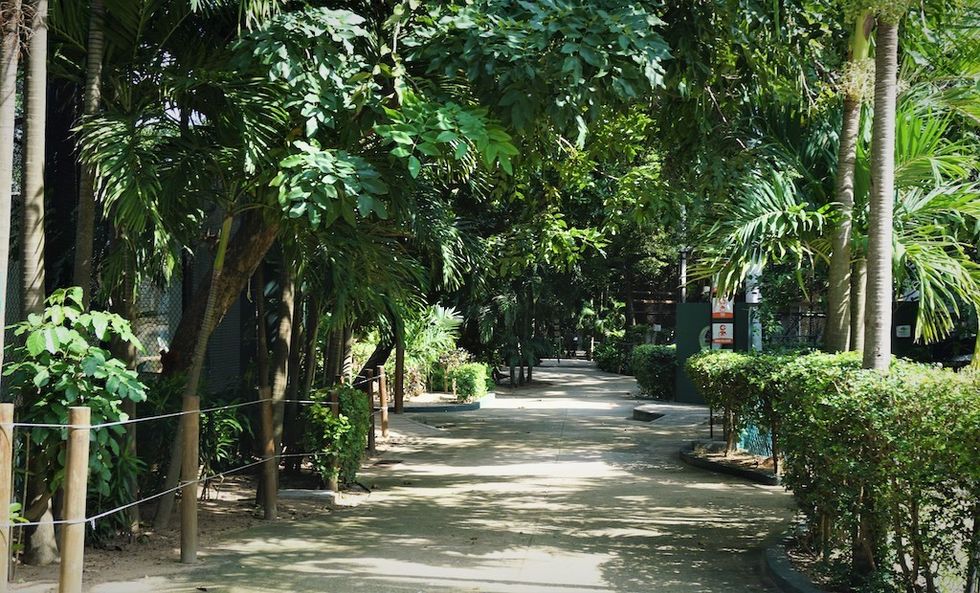
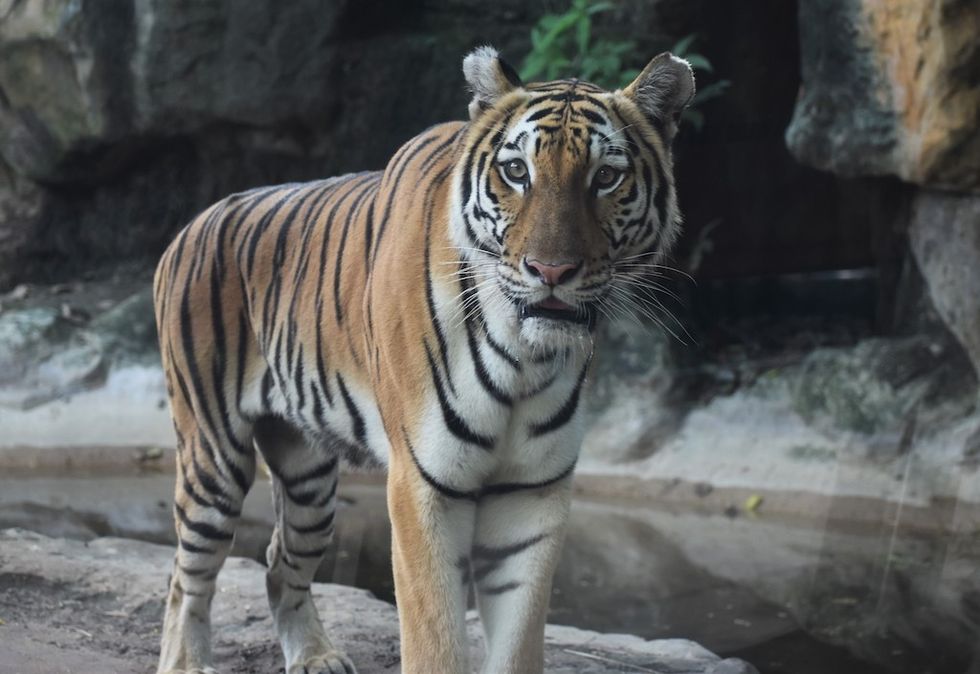
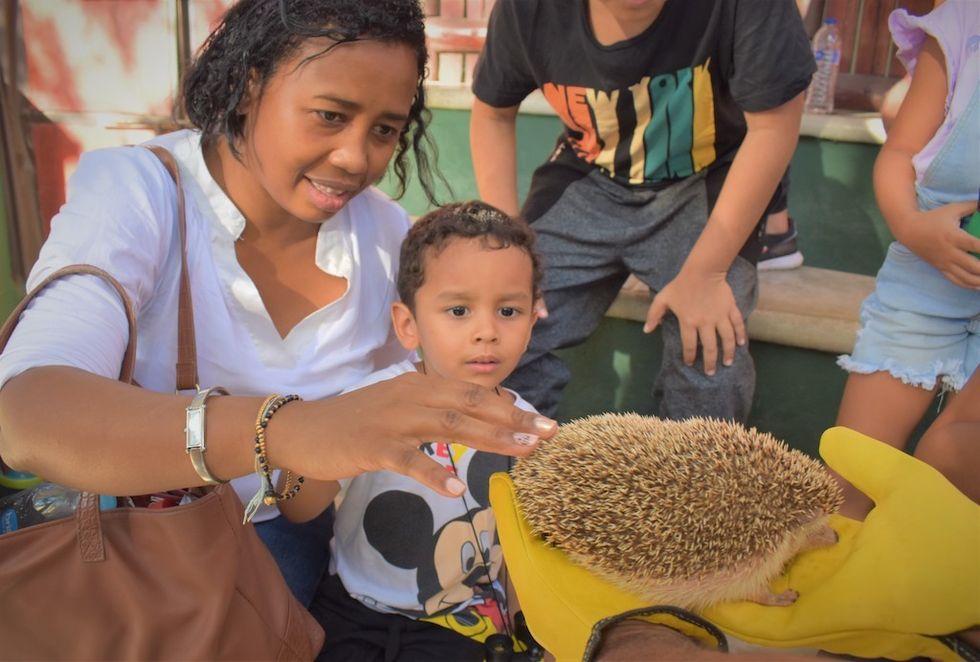
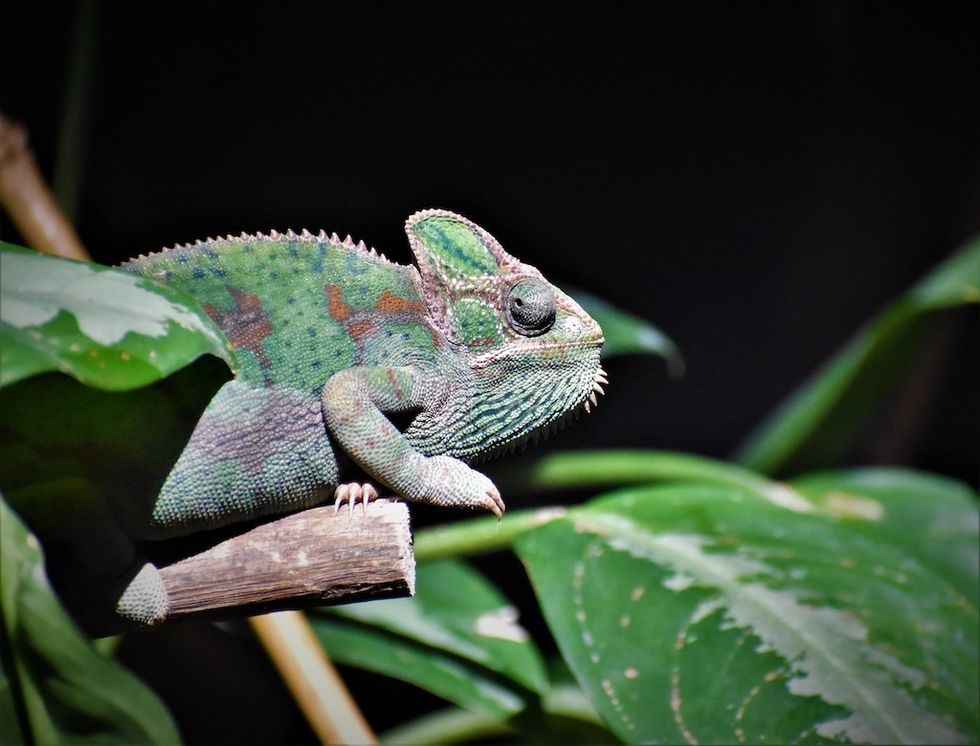
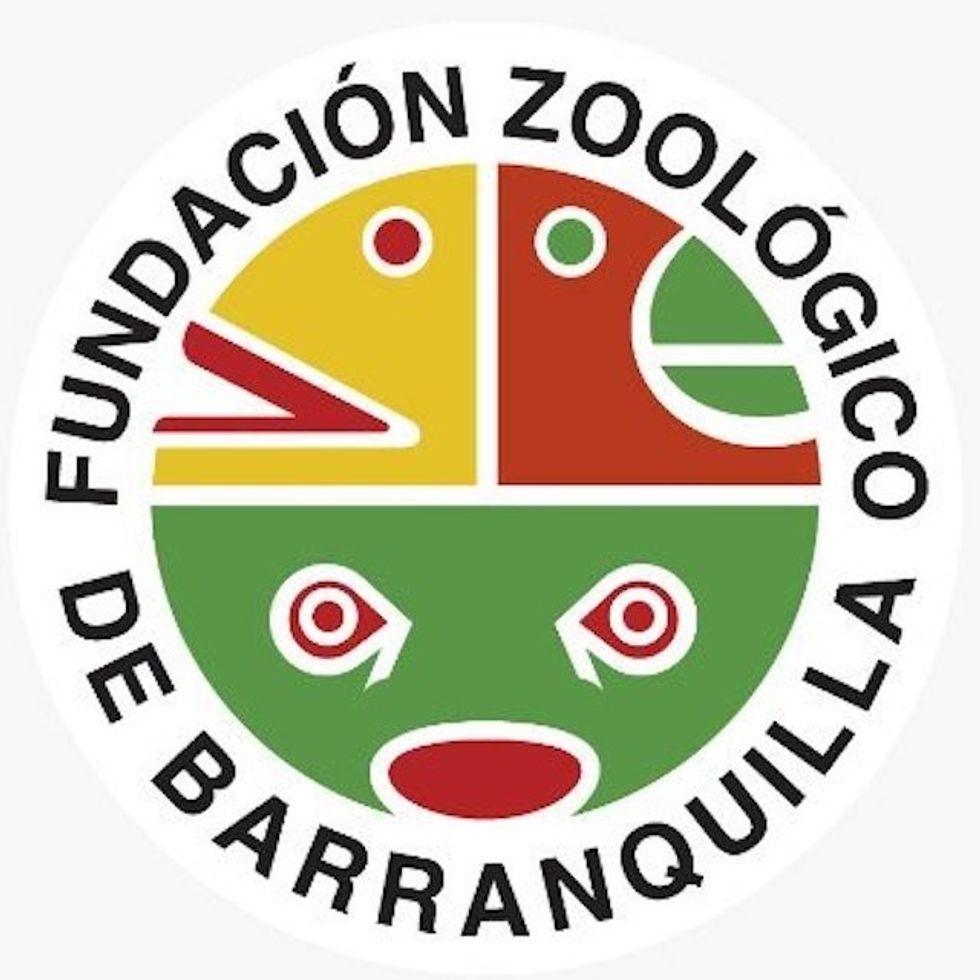
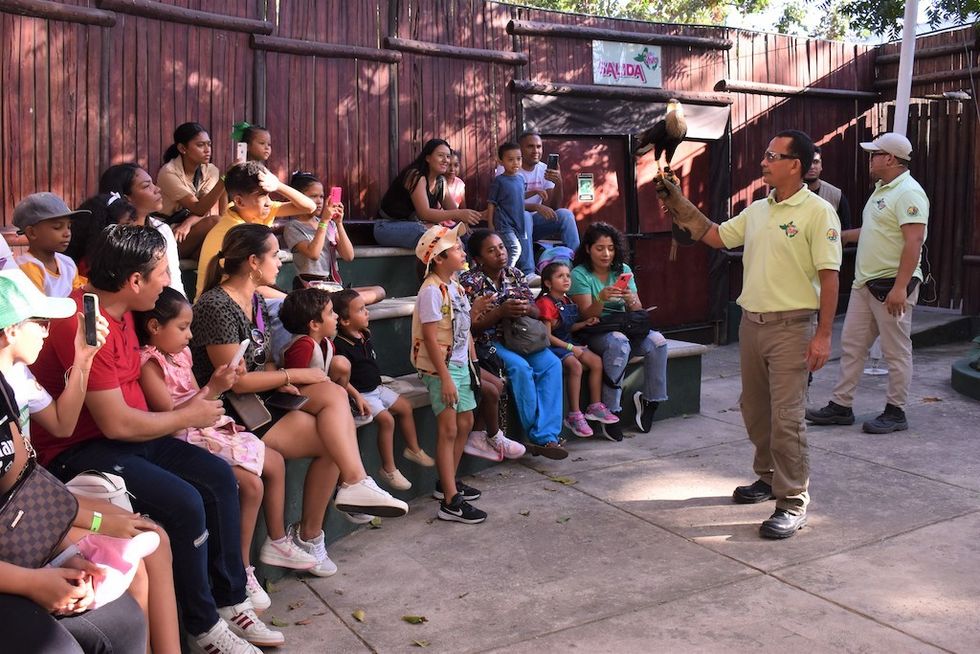
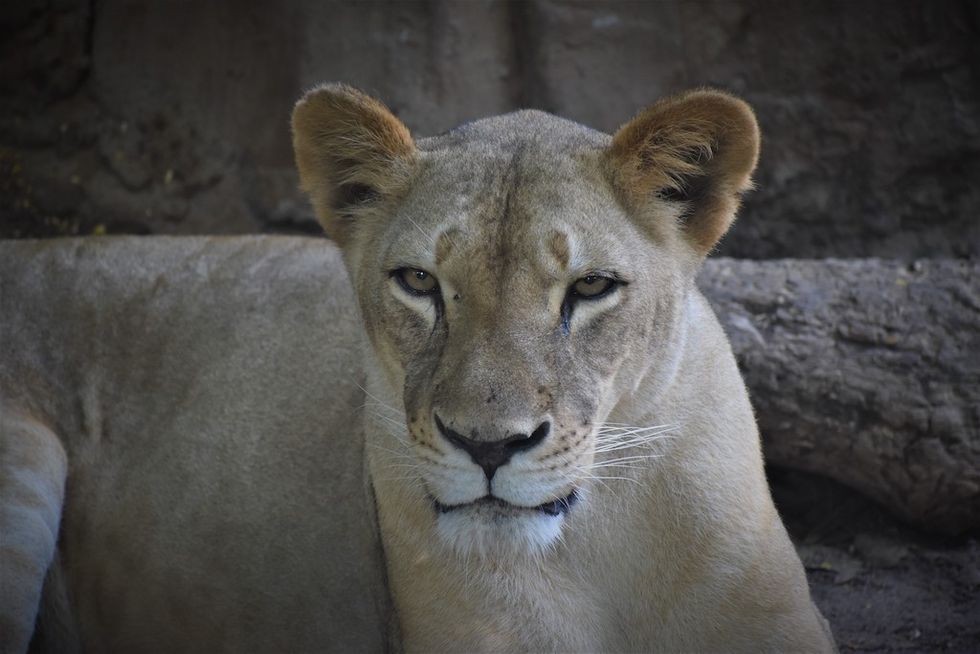
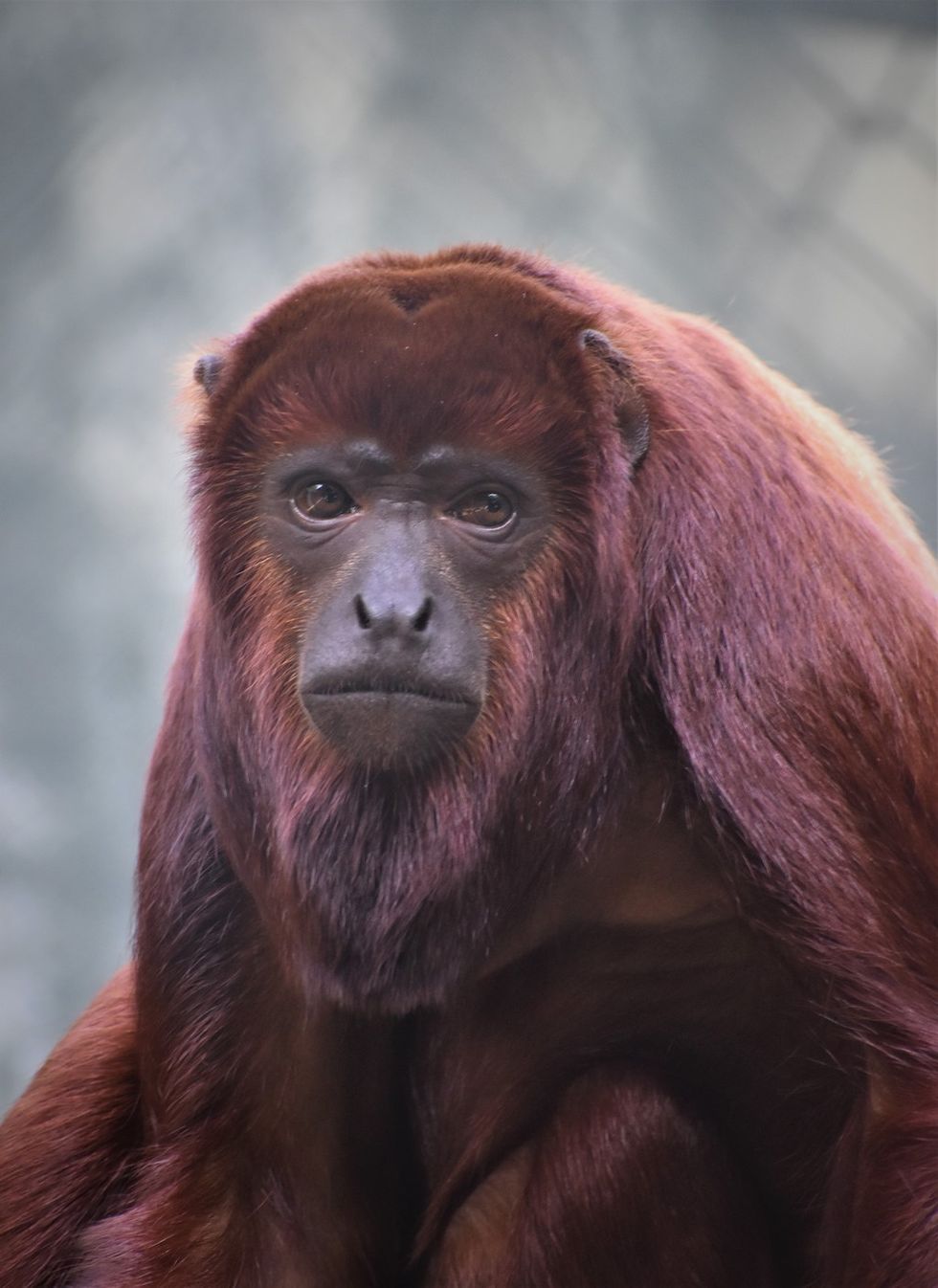
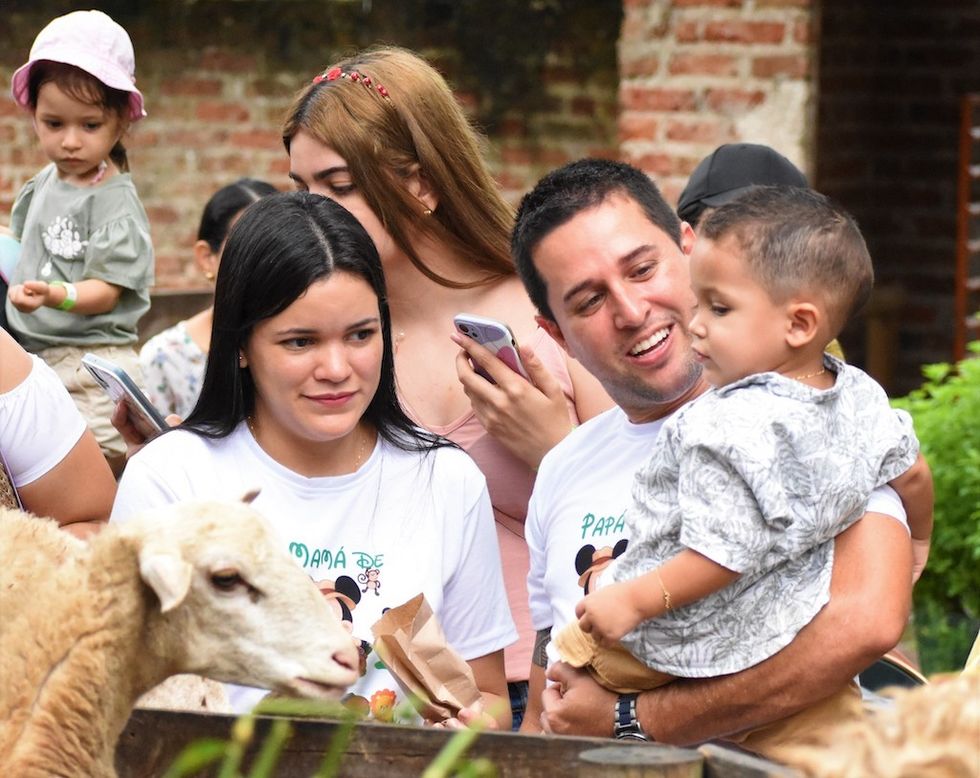
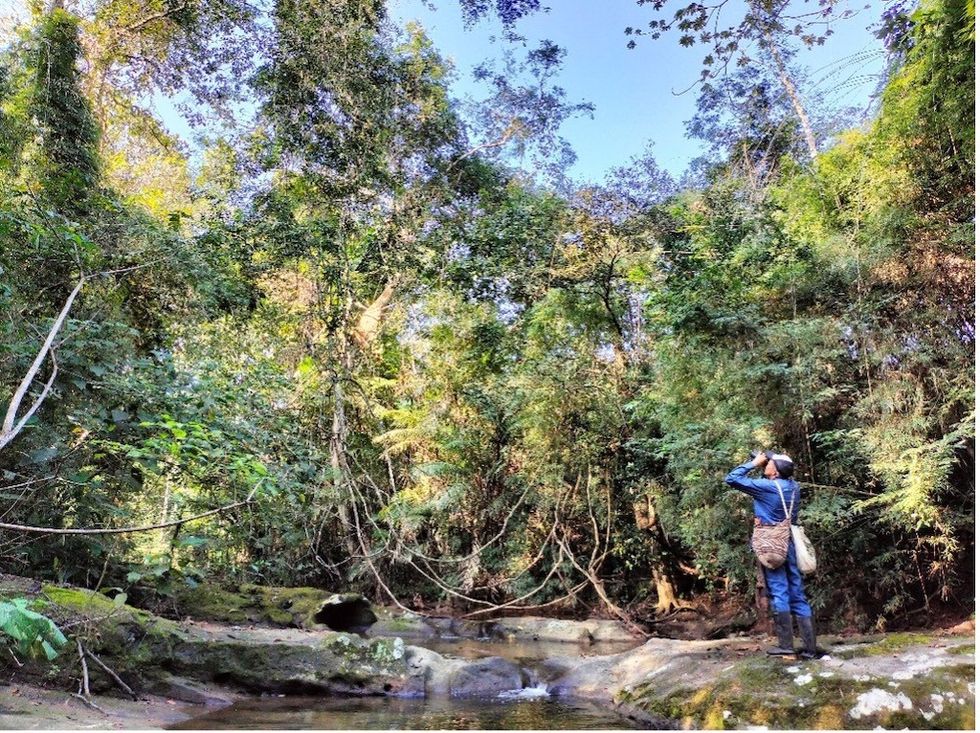
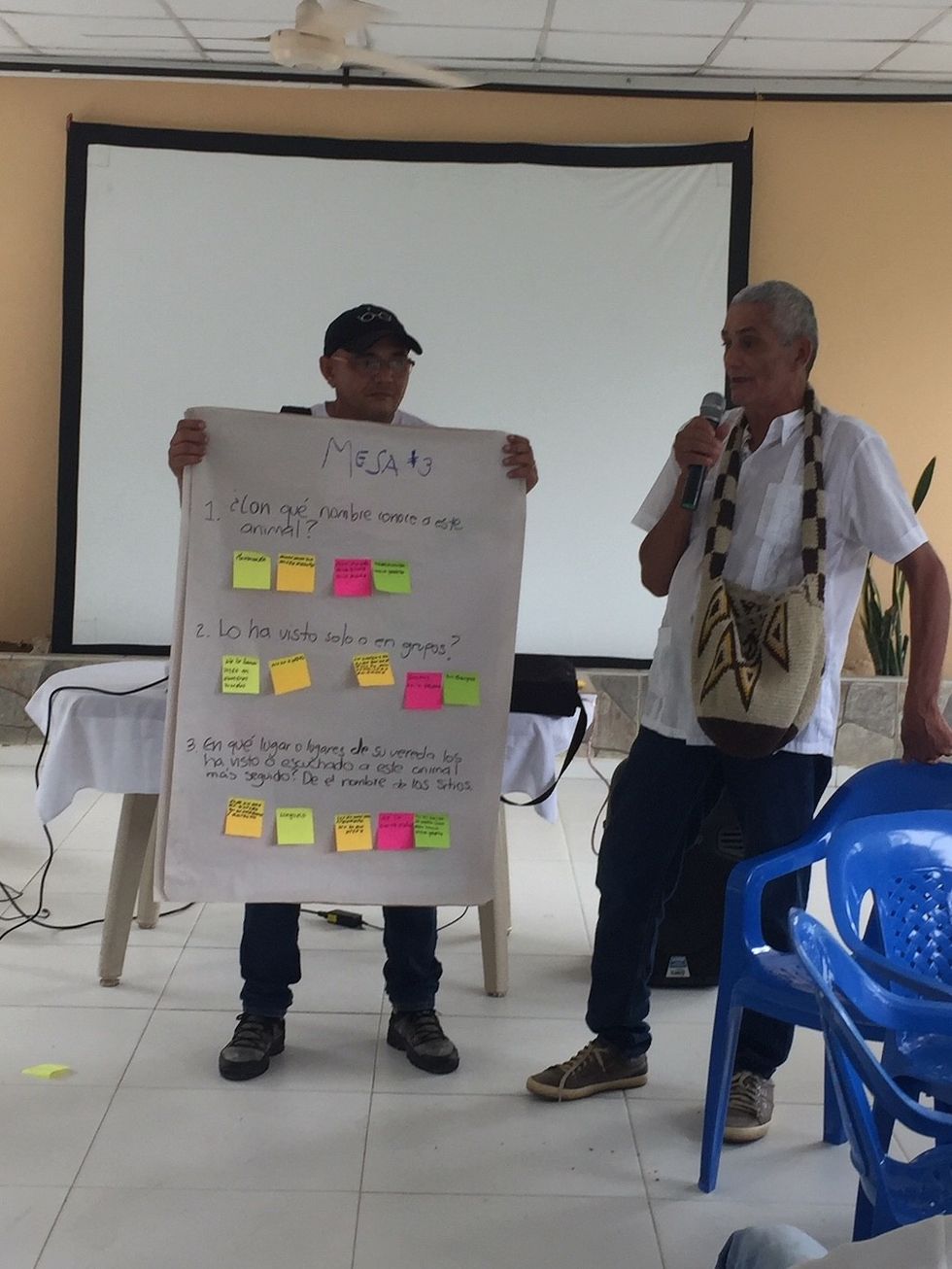
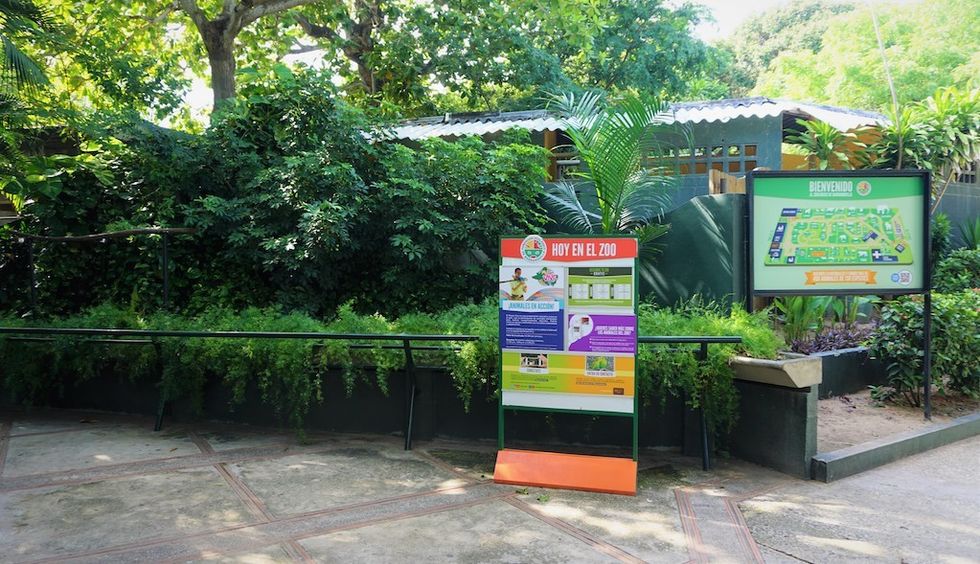
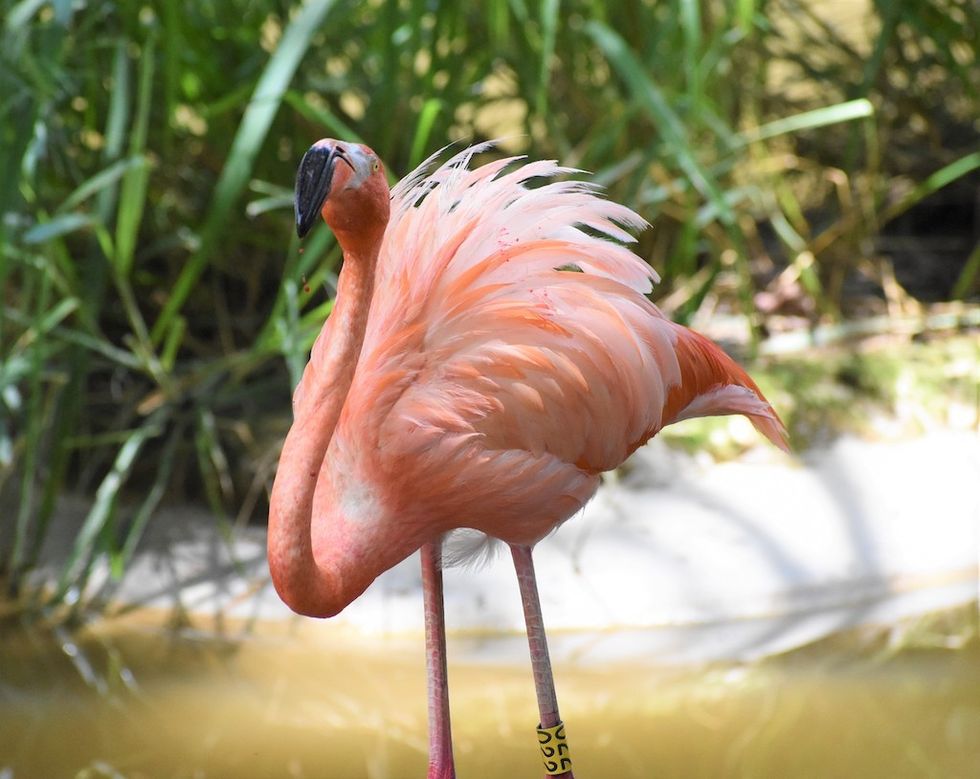
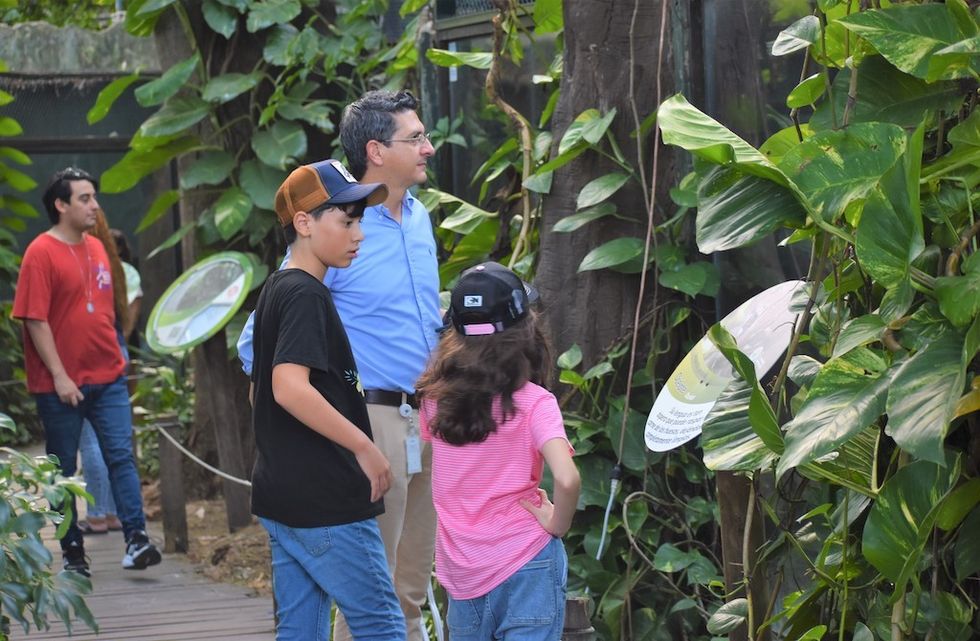
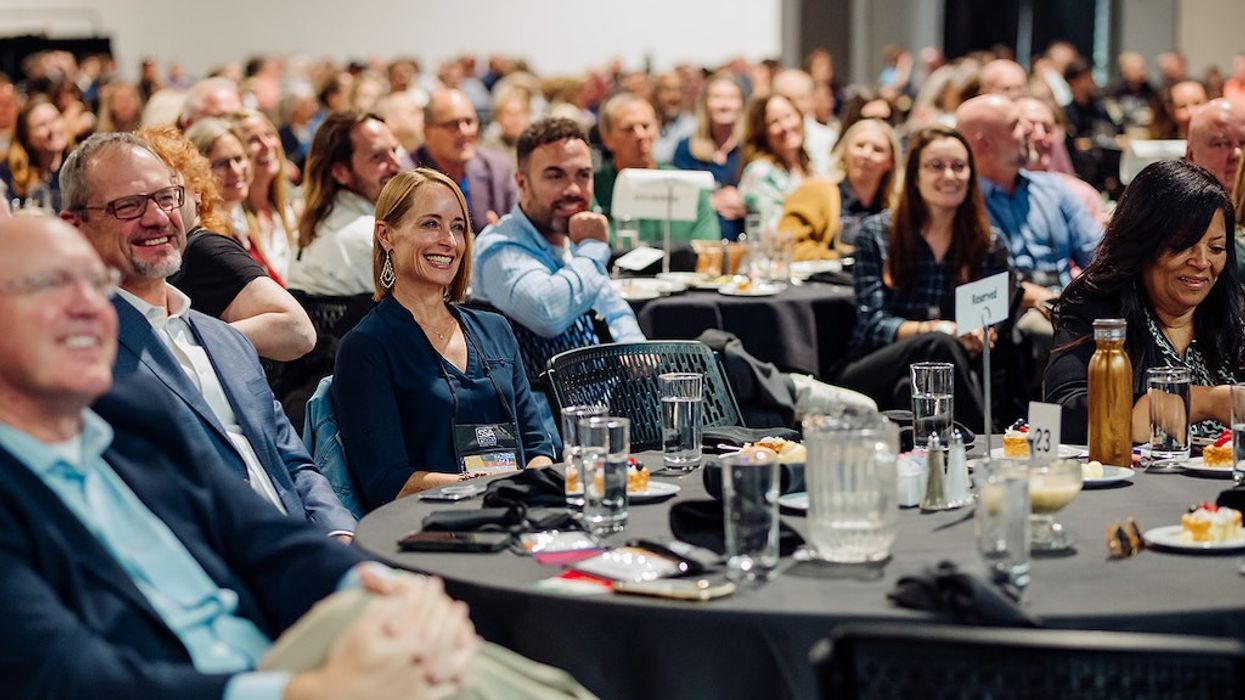
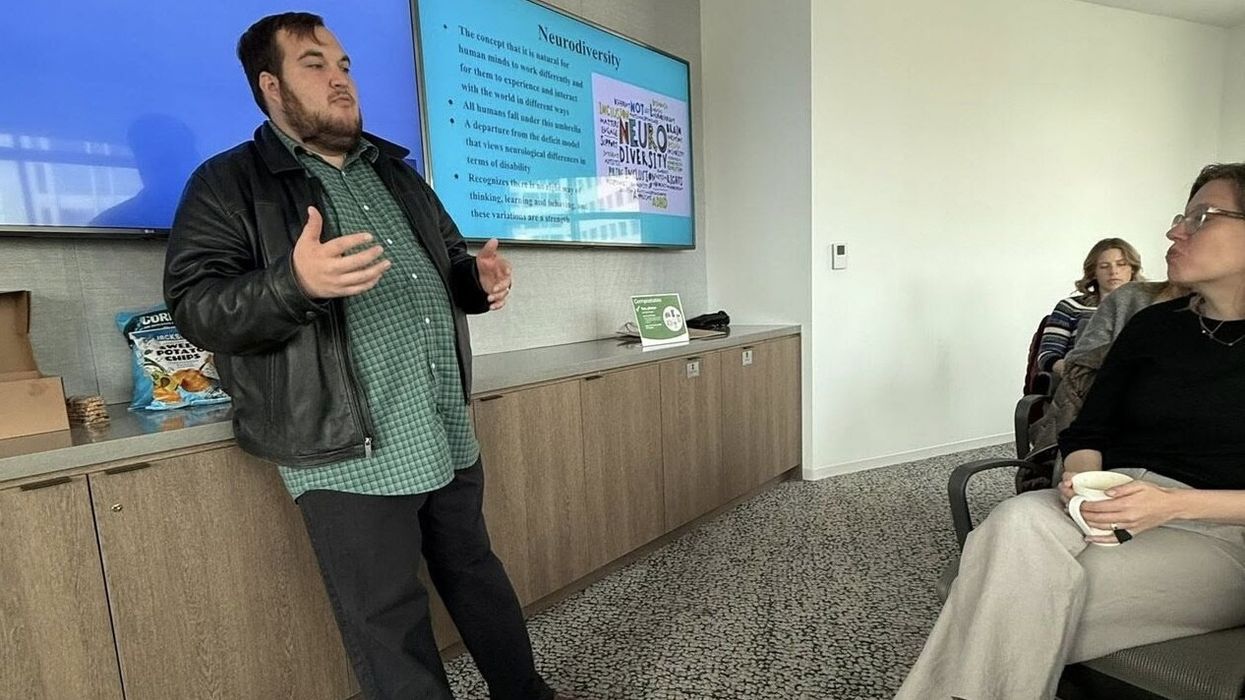
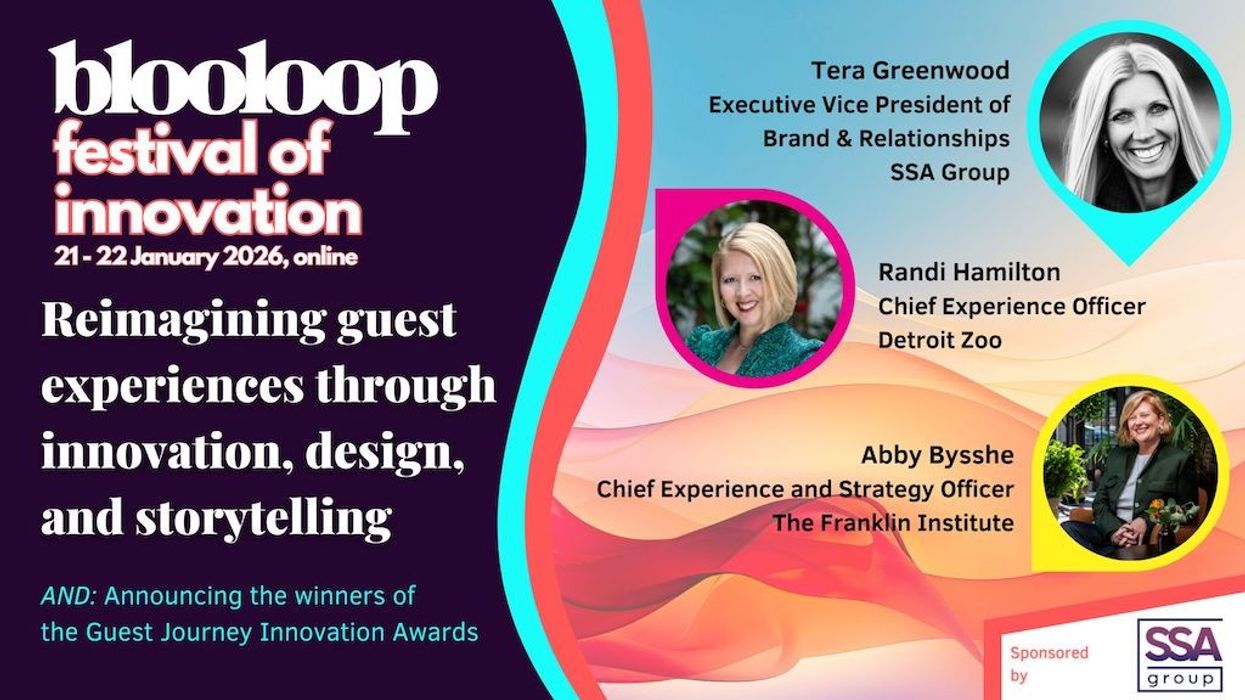
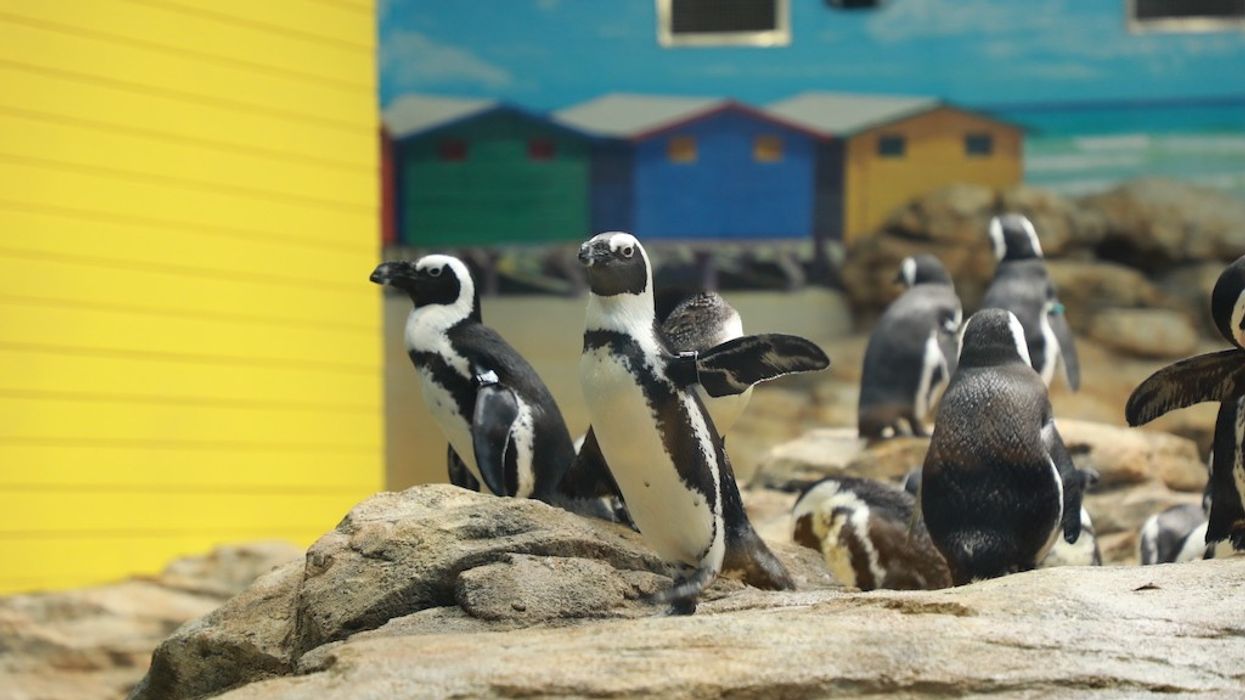

 TM Lim and Adam Wales
TM Lim and Adam Wales



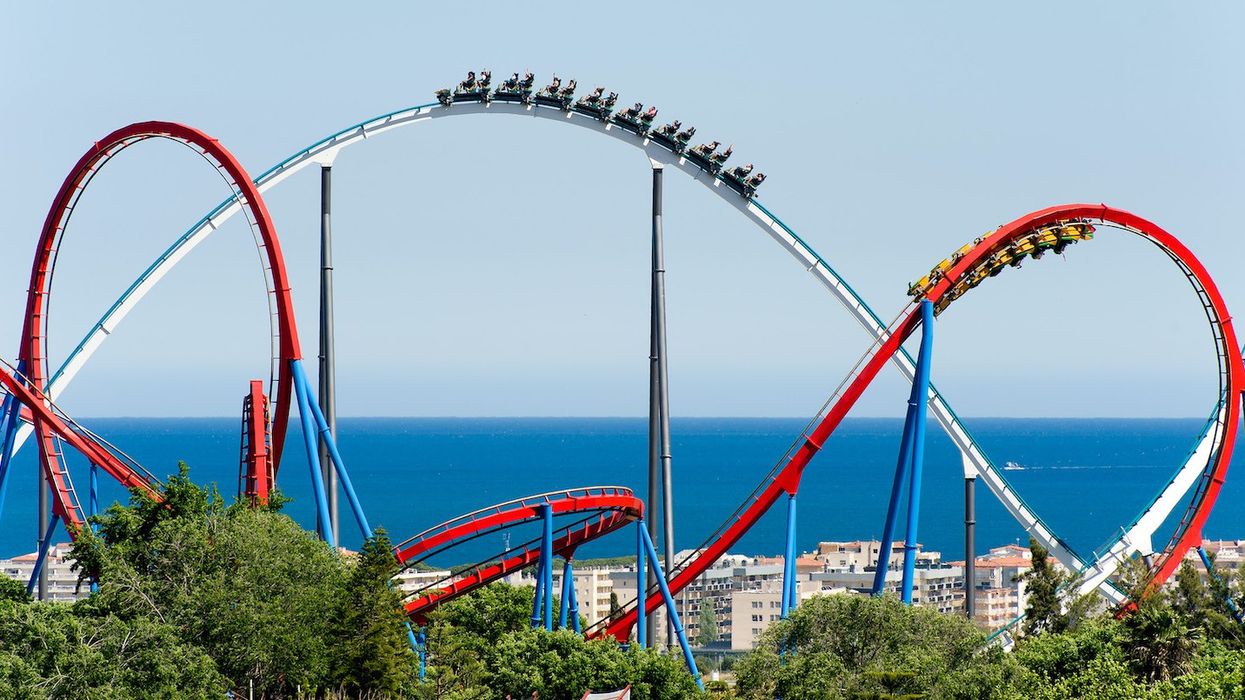


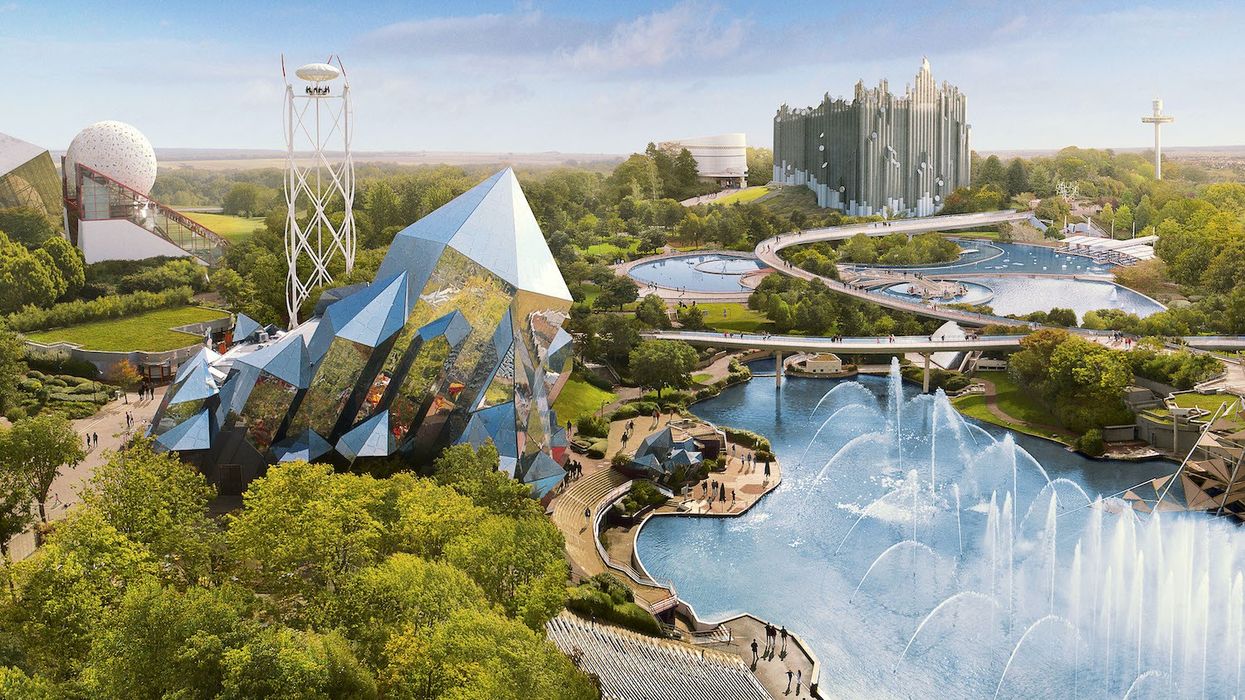


 Toby Harris
Toby Harris Hijingo
Hijingo Flight Club, Washington D.C.
Flight Club, Washington D.C.
 Flight Club Philadelphia
Flight Club Philadelphia Flight Club Philadelphia
Flight Club Philadelphia Bounce
Bounce Hijingo
Hijingo Bounce
Bounce
 Fernando Eiroa
Fernando Eiroa











 Nickelodeon Land at Parque de Atracciones de Madrid
Nickelodeon Land at Parque de Atracciones de Madrid Raging Waters
Raging Waters  Mirabilandia's iSpeed coaster
Mirabilandia's iSpeed coaster Parque de Atracciones de Madrid
Parque de Atracciones de Madrid Ferracci at the ribbon-cutting ceremony for Nickelodeon Land at Mirabilandia, with (left) Marie Marks, senior VP of global experiences for Paramount and (cutting the ribbon) Sabrina Mangina, GM at Mirabilandia
Ferracci at the ribbon-cutting ceremony for Nickelodeon Land at Mirabilandia, with (left) Marie Marks, senior VP of global experiences for Paramount and (cutting the ribbon) Sabrina Mangina, GM at Mirabilandia Tropical Islands OHANA hotel
Tropical Islands OHANA hotel Elephants at Blackpool Zoo
Elephants at Blackpool Zoo  Tusenfryd
Tusenfryd
 Andrew Thomas, Jason Aldous and Rik Athorne
Andrew Thomas, Jason Aldous and Rik Athorne







